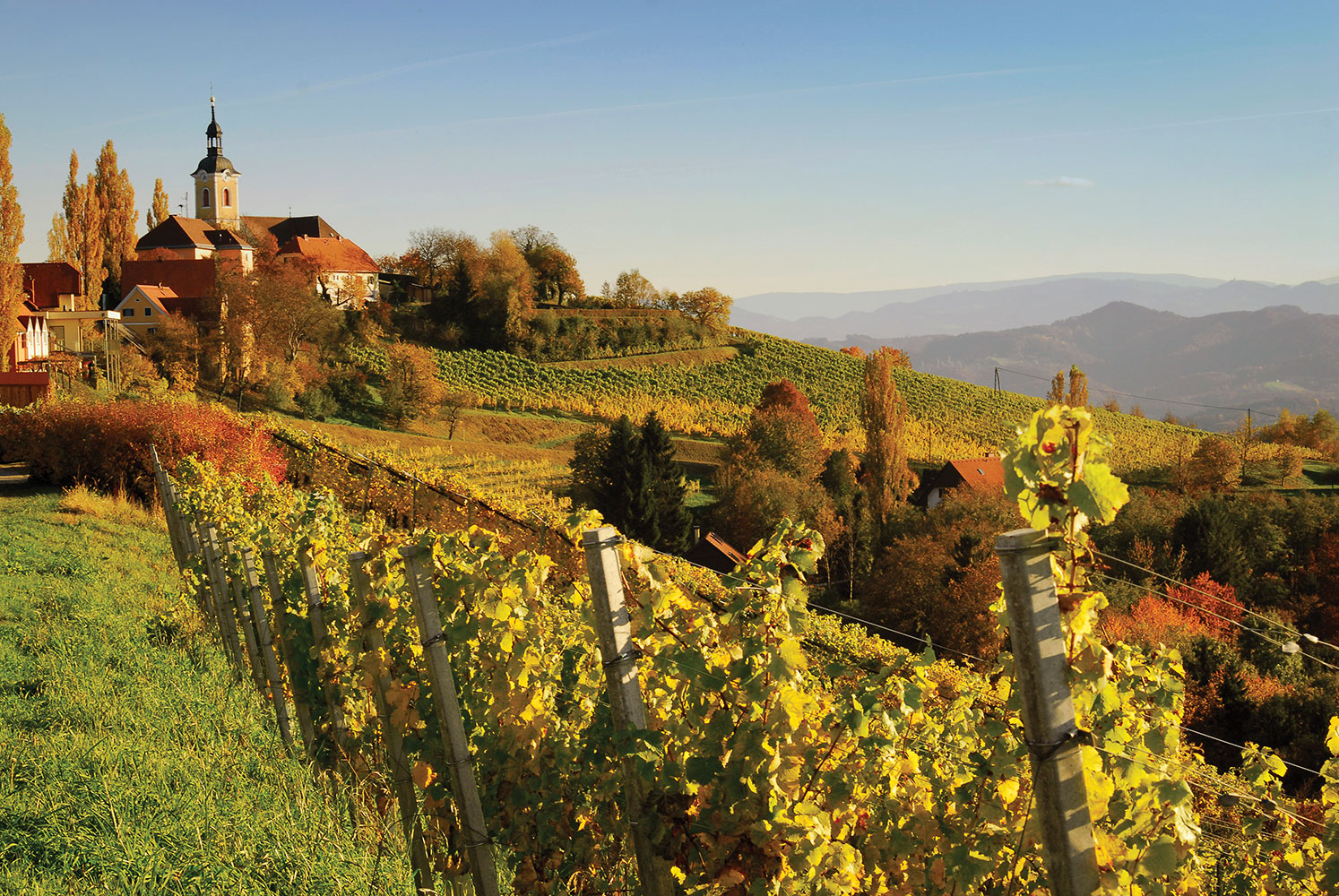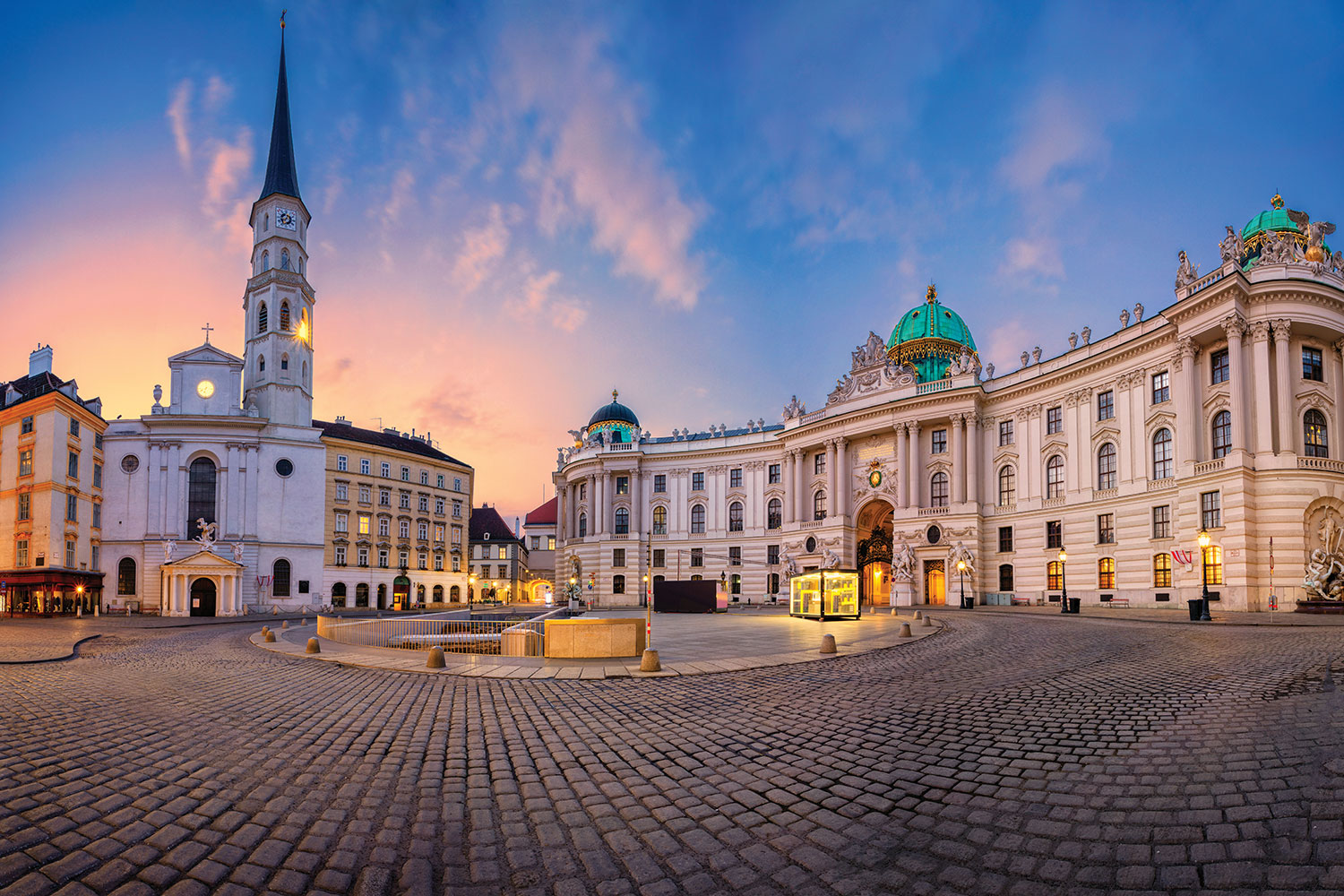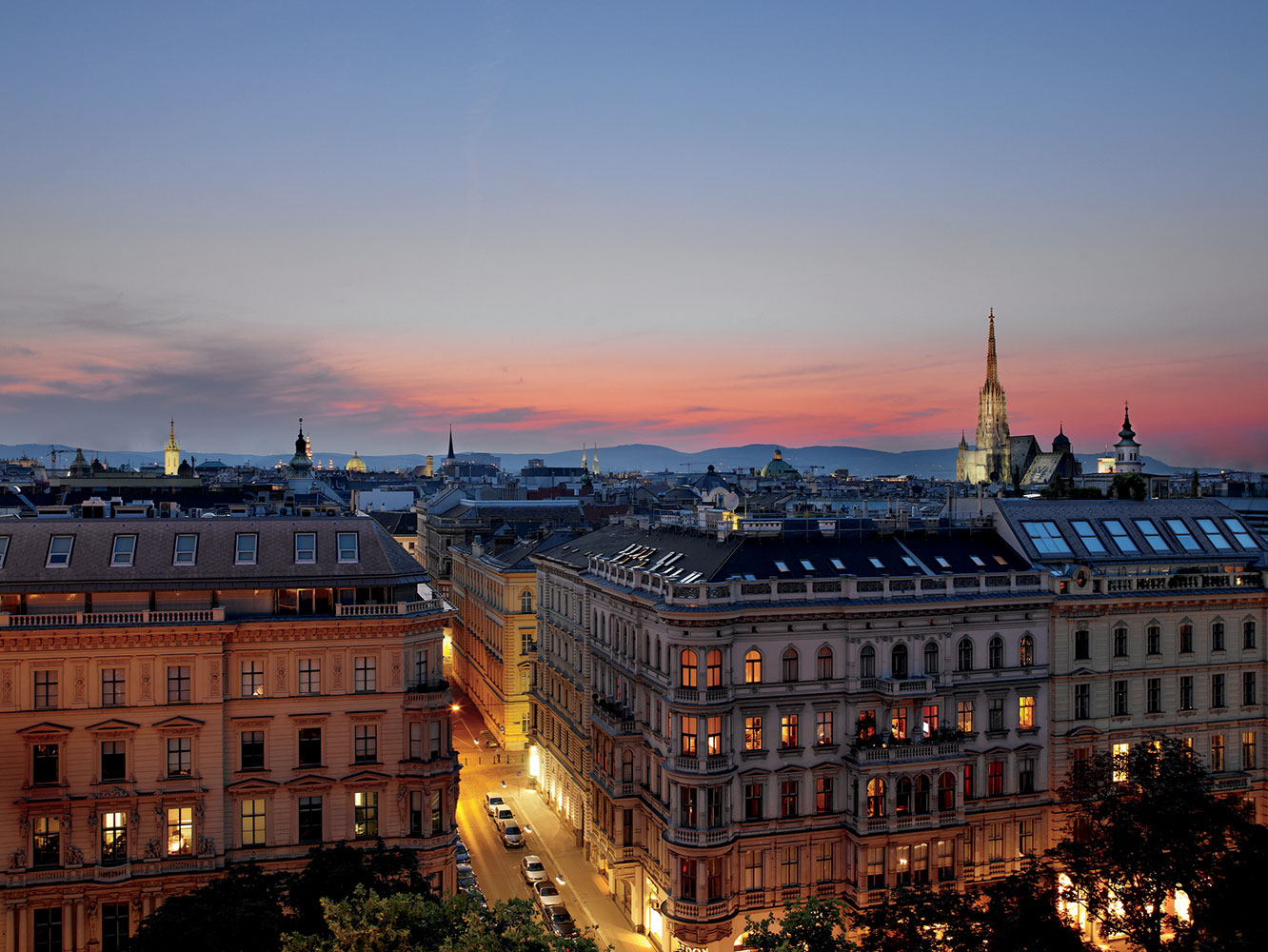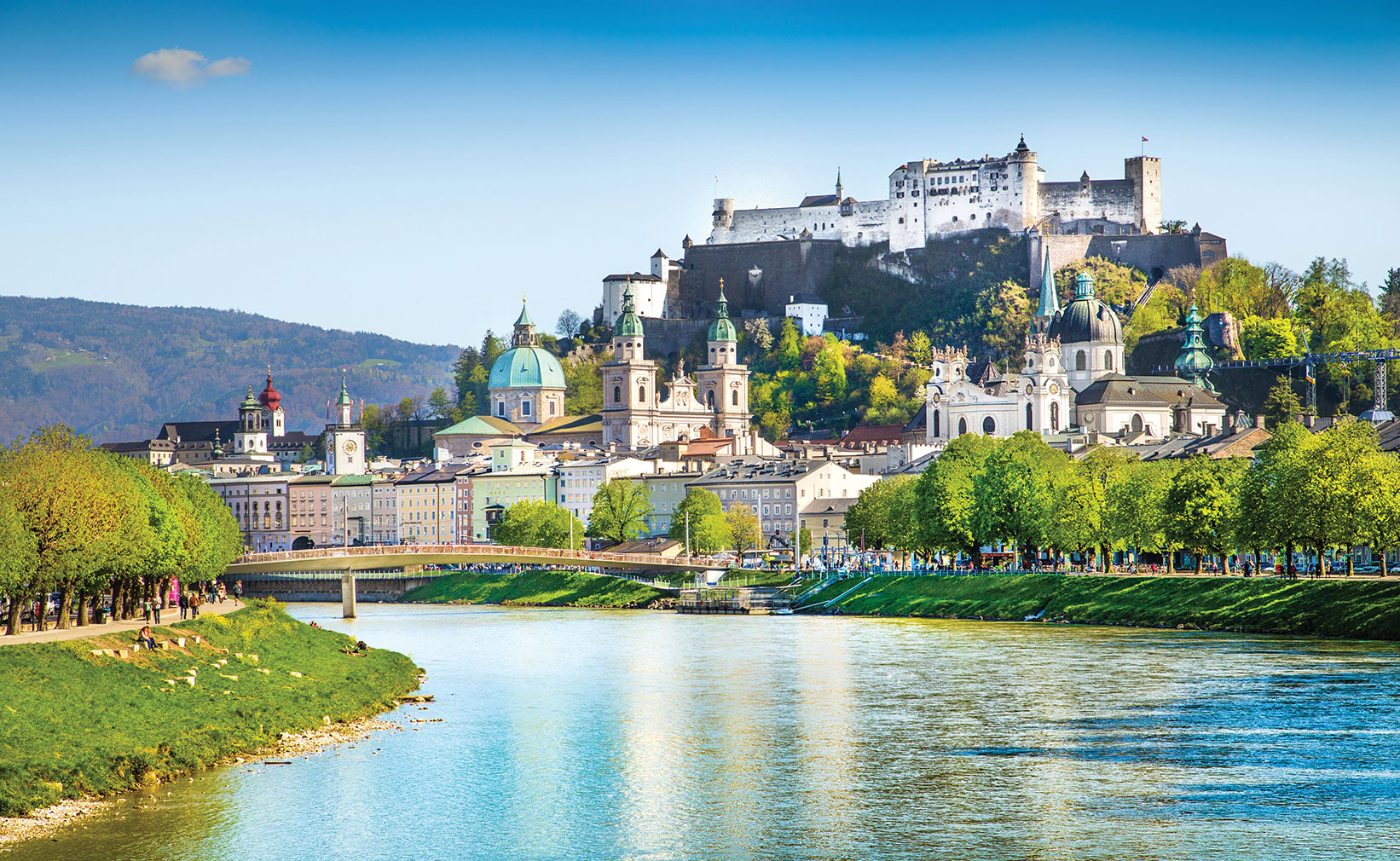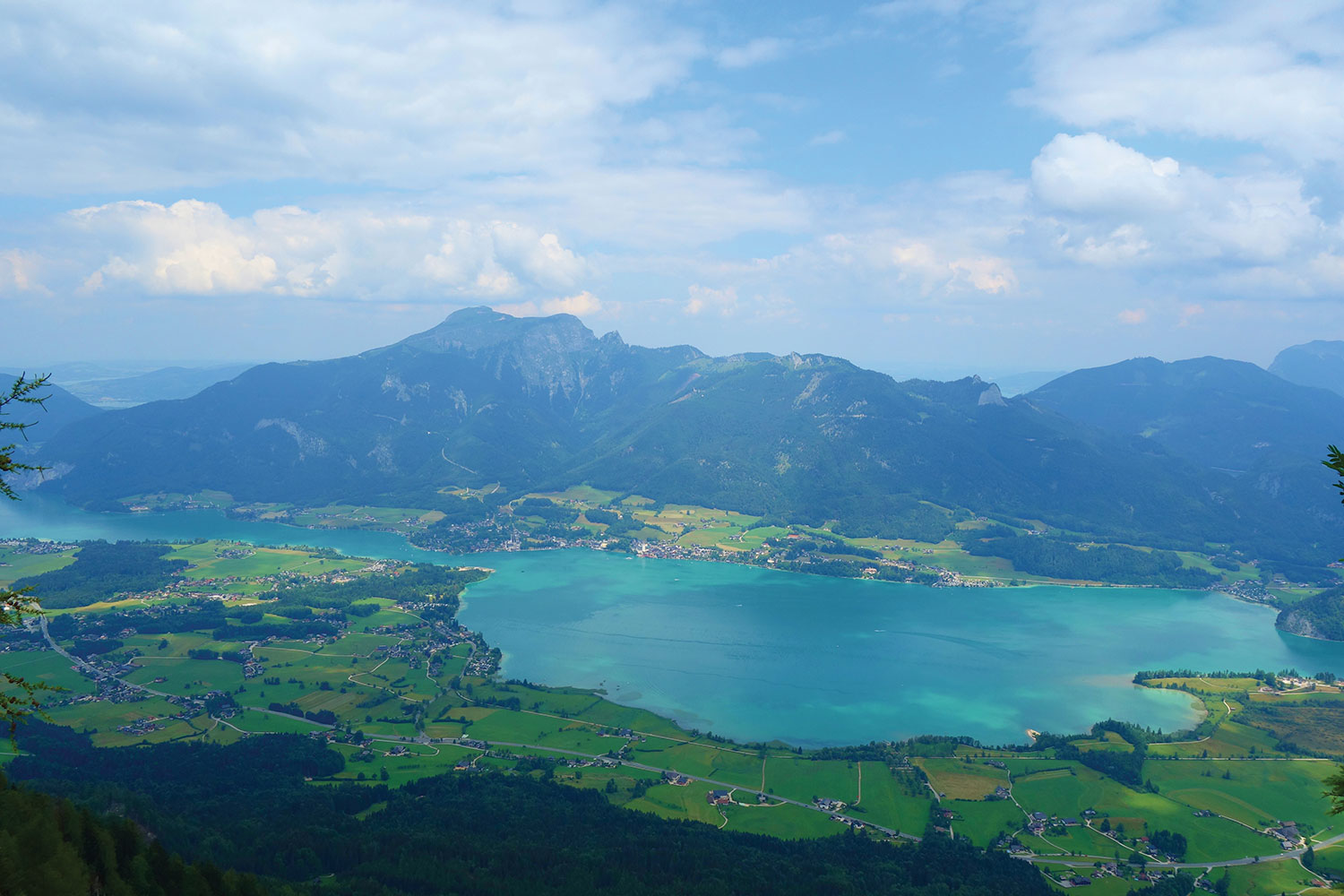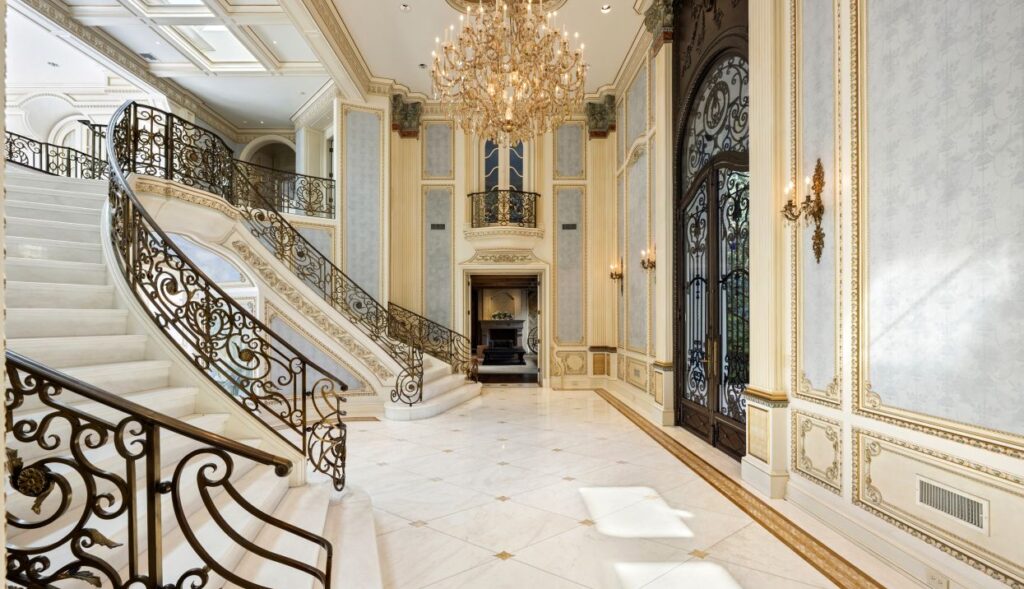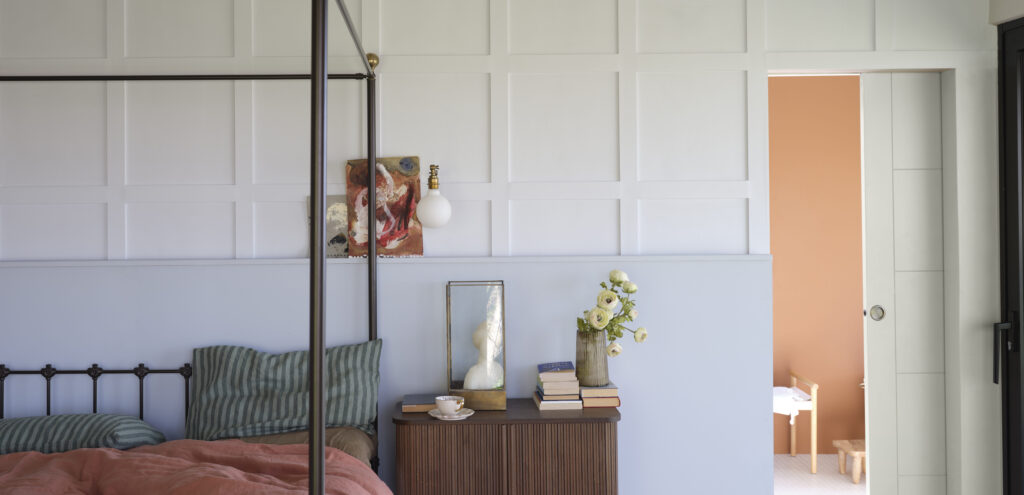—From Graz to Salzburg, I take a drive through three of Austria’s greatest cities marked by fortresses, scenic views and local culture.
Ever since I met a lifelong Austrian friend in college, I’ve had more than a few reasons to visit the land-locked, central European country—walk the grounds of Schönbrunn Palace in Vienna, sip a kleiner Schwarzer in Salzburg’s Old Town. But I also knew I didn’t want my first trip to be a walking, talking tourist route. Sure, I wanted to hit those historic landmarks, but I also wanted to hike the country’s fabled peaks and drink Puntigamer in the alleyways of Graz into the wee hours of the morning. And so, with my friend as my tour guide, we constructed a tourist yet local-inspired route focused in and around three major cities: Graz, Vienna and Salzburg.
Graz
When most people consider Austria, Graz isn’t typically the first city that comes to mind. For me, Graz was my launchpad. Not just because I had a few contacts in town, but because of its rich history and striking cityscape. Another fact many travelers don’t know, is that it’s actually second only to Vienna in population and was previously chosen by European Union ministers as the “Europe Capital of Culture.” At its core, the pace of Graz is relaxed and light-hearted. Many public transportation fees have been removed in an effort to attract tourism. In addition, there are six universities and the city is brimming with over 850 years of historic architecture.
In the City
In Graz, I had two completely different experiences. After my first breakfast at Kunsthauscafé—a local favorite with an artistic vibe—I headed out to some historic landmarks that were more than worth the visit and the time. My first stop was at the Schlossberg, which means “castle hill.” The fortress, located at the center of Graz, dates back to the 10th century. Looking out from its lush gardens to a bird’s eye view of the city’s terracotta-looking rooftops, it was easy to see why the fortress was never conquered. This vantage point is also one of the best ways to get a better sense of Graz’s topography.
After a visit to the immaculate ground at Schloss Eggenberg Palace (which is at the edge of the outer city) we then decided to delve into the local culture a bit more—and there are few better ways to blow off some steam than with some Austrian beer and a football match. To say that the fans at my first and only Grazer AK home game were passionate sports fans, would be a massive understatement. But amidst waving flags, red smoke and megaphones you get a true sense of Graz’s culture. At night, the bars are alive with the same laid back vibe where you can find yourself jumping into pub trivia (yes, they speak English) or any of the city’s friendly nightlife spots. The pulse of Graz is free and easy, devoid of judgement—and addictive.
Outside the City
With the amount of nature around Austria, it isn’t hard to find something scenic to do outside of just about any city. But about an hour drive from the center of Graz is a secret wine country a shocking amount of travelers don’t know about. Styria (or Steiermark, as it’s known) is home to some of the world’s best Sauvignon Blanc terroirs. Though I had just spent a week in Tuscany, Styria’s rolling hills and charming vineyards were the cool breeze to humid days I spent in Italy. Clinging tightly to the border of Slovenia (you can actually step over the country line here) you’ll find a number of great vineyards to have lunch and of course, a glass of white.
Vienna
Vienna is one of those cities that really needs no introduction—think imperial architecture, opera houses, coffee and killer nightlife. Often thought of as one of Europe’s cultural epicenters, it is home to roughly 25 percent of Austria’s population. Vienna’s appeal puts a real significance on arts and culture (with several free open-air festivals) but in many ways, it feels as though time has stood still in the city—and that’s a good thing. Like Graz, the city is extremely safe and has been often known to many as having one of the highest quality of life ratings in the world. By day, the city is alive with tourists visiting all of Vienna’s beautiful architecture ranging from the Middle Ages to the Baroque period. By night, the city has a thriving music scene and nightlife that begs you to let loose and embrace it.
In the City
With The Ritz-Carlton as my homebase, I first set off to the Vienna State Opera which was originally constructed in 1869 with striking Neo-Renaissance style architecture. One of the world’s finest opera companies, you would be remiss to skip a performance while in the city. Elsewhere, Vienna is abound with historic palaces and cathedrals. The first is St. Stephen’s Cathedral (Stephansplatz) which, though it is undergoing some restoration, is still grandiose in its size and scope.
Further from the middle of the city are the grounds of Schönbrunn Palace. Perhaps the most exemplary vision of Baroque architecture in Vienna, it was often thought of in the 18th century as the epitome of court life. In the last few decades, the palace and park became a UNESCO World Cultural Heritage Site. Besides the utter beauty of its grounds and build, the most impressive part to me was how long it took to walk the entire property—because you don’t really understand its magnitude until your legs are tired. After this visit, a day of sightseeing is best capped off (and begun) in any legendary Viennese café—where they claim to have invented the process of coffee filtering in the 15th century. In the winter, you can also visit Wiener Eistraum (Vienna Ice World), a 75,000-square-foot ice skating rink just outside City Hall Square.
Where to Stay: The Ritz-Carlton Vienna
No matter where you go in the world, The Ritz-Carlton has set a standard that never wavers—and Vienna is no exception. From my first step into The Ritz-Carlton Vienna, I knew my instincts were right to choose the hotel’s centralized façade as my home. In classic Ritz-Carlton fashion, warm welcomes and fresh tea made my arrival feel more like a homecoming (and quickly suppressed the city’s early June heatwave).
Repurposed from four 19th-century palaces, The Ritz-Carlton is at the edge of Vienna City Park and is just a short walk from the State Opera House and the Wiener Musikverein. It’s one of those features that reminds you just how well the brand incorporates the essence and heart of its local culture.
The hotel features two top restaurants including the newly-opened Pastamara and the highly regarded Dstrikt Steakhouse, the latter of which I had the privilege of experiencing. For me, Dstrikt is a perfect dinner setting after spending a day out in the city—one which gave me a choice of a dozen steak knives. Dstrikt features a farm-to-table menu that’s home to Austria’s finest cuts of meat. Set right on renowned Ring Boulevard with tall glass windows, you still feel the pulse of the city even inside the restaurant’s contemporary accommodations. Afterwards, you can head to the hotel’s eighth floor rooftop bar for a relaxed evening vibe and unbridled views of Vienna.
The hotel features 202 guest rooms and 43 suites with a fitness center and a 60-foot indoor pool (and underwater music). Looking back, I don’t think my experience in Vienna would be quite as seamless without choosing this location. Besides its centralized location, there’s a certain level of professionalism that the brand brings to your experience. It’s one that’s not often duplicated.The Ritz-Carlton Vienna is the perfect setting for travelers wanting to explore the city yet, come home to the comforts of a five-star hotel.
Salzburg
For those who may not know, Salzburg is heralded as the birthplace of Mozart; the visuals though are something reminiscent of a fairytale. Set up against the swiftly flowing Salzach River and steep hills, the city’s towers and oldtime signages often left me speechless. It’s a fact that Salzburg is true to its rich history so much so that even major store brands that have moved into the city must comply with historical façade regulations. Formerly the seat of the archbishop back in 798, Salzburg is the fourth largest city in Austria. But in so many ways, its architecture feels trapped in time and because of that, it’s one of Europe’s most touristy attractions. Located right in the middle of the country (nearest the northern border of the Alps), few visits to Austria are complete without a trip to the fabled city. There’s also a pretty lengthy outdoor market which runs parallel to the Salzach.
In the City
Perhaps the most iconic piece of Salzburg, as I see it, is its colossal 900-year-old cliff top fortress, Hohensalzburg Castle. Set high above the city’s Baroque spires, the castle’s original purpose was to protect the principality from invasions and like Graz’s Schlossberg, it has never been captured by the enemy. Hohensalzburg is also home to several museums including the Marionette, Altes Zeughaus and Museum of the Rainer Regiment.
It was no surprise to me that good coffee was one of the highlights of my trip. In many ways, Austrian cities epitomize great coffee culture. Before leaving Salzburg, be sure to make a stop at Café Tomaselli, one of the city’s most revered cafés. But remember, don’t just ask for a “coffee” because as you might’ve guessed by now, Austrian coffee is a bit more specific than that.
Outside the City
Not more than about an hour from the heart of Salzburg, I got very acquainted with Austria’s storybook scenic views. For our hike, we chose Bleckwand Loop, a 10-mile trail just outside Strobl. Best visited in good weather, Bleckwand’s trails are abundant with wildflowers and views that appear before your eyes like an ethereal mirage. Though its rated with some difficulty, anyone of moderate fitness can reach the summit, which by the way, was more than worth the next day’s sore legs. Just don’t forget to sign your name when you reach the top.
After a hike up Bleckwand’s steep trails, it was fitting that my companions and I took a drive out to nearby Lake Mondsee. Set between the Northern Limestone Alps and the Sandstone zone, taking a dip in the crisp waters of Mondsee was the perfect ending to the day. Ideal for a picnic, it was a fitting way to conclude my spontantrip (spontaneous trip), with a look into the heart of Austria’s natural beauty.

